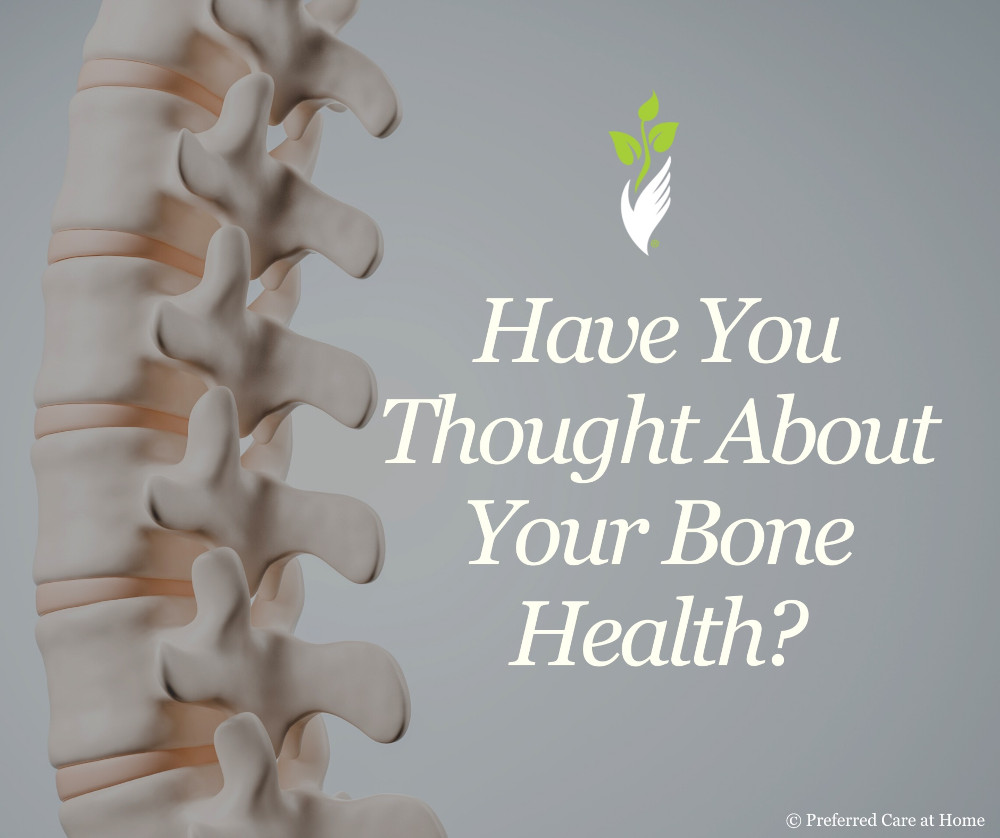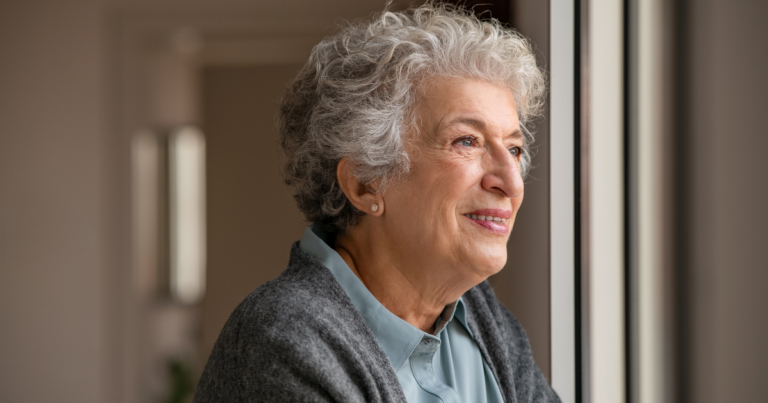Let’s Talk About Bone Health
Published August 26, 2021 by R. Bradley Robinson, M.D. in Senior Health & Wellness

When was the last time you thought about the health of your bones? According to the International Osteoporosis Foundation, approximately 1 in 3 women and 1 in 5 men worldwide over 50 years of age will develop an osteoporotic fracture within their lifetime.* Given how commonly this occurs, let’s take a deeper dive into bone health and better understand this common condition.
What is osteoporosis?
Osteoporosis literally means “porous bone” and is characterized by low bone mass and skeletal fragility which result in decreased bone strength. This leads to an increased risk of fracture, most commonly involving the vertebral bodies of the spine (i.e. compression fractures) as well as hip fractures and radius fractures of the forearm. Osteoporosis is one of the leading causes of morbidity and mortality in the elderly.
Who is at risk?
Osteoporosis most commonly affects post-menopausal women, which relates to decreased estrogen levels and increasing age. However, men and pre-menopausal women may also have to deal with this condition. In fact, approximately 1.5 million men over 65 years of age have osteoporosis.** Certain medications may increase the risk for osteoporosis including corticosteroids and some anti-seizure and antidepressant medications. Lastly, some lifestyle behaviors such as cigarette smoking and excessive alcohol consumption can increase the risk of osteoporosis.
How can I find out if I have osteoporosis?
Most health providers will provide osteoporosis screening for post-menopausal women and men over 50 years of age. There are several tools used for screening, however FRAX (Fracture Risk Assessment Tool) is a commonly used calculator to determine your individual risk for developing a hip fracture or major osteoporotic fracture in the next 10 years. Additionally, some individuals may benefit from a radiology exam called dual-energy x-ray absorptiometry (i.e DEXA scan) to calculate your bone mineral density. These screening tools can then be used to guide treatment. Your primary care provider can advise you on the most appropriate screening tool based on your own risk factors.
What treatment options are available if I have osteoporosis?
Treating osteoporosis may entail both lifestyle changes and/or medications. With regard to lifestyle changes, it is important to ensure one’s diet contains an adequate amount of calories, calcium, and vitamin D. Not all post-menopausal women will need to take calcium supplements, however it’s important to discuss your nutrition with a health care provider or nutritionist to determine whether supplementation is needed. Exercise is also an important activity that helps prevent fractures associated with osteoporosis. If possible, stopping smoking and decreasing excessive alcohol consumption will also improve one’s bone health.
From a medication standpoint, the National Osteoporosis Foundation generally recommends the use of a bisphosphonate medication for those with a history of a fragility fracture involving the hip/spine and for those with osteoporosis as diagnosed on a DEXA scan. Additional at-risk patients may also be offered medical therapy. There is a long list of medications in this category, which work by a similar mechanism to prevent the breakdown of bone and thereby improve bone mass.
In Closing
Osteoporosis and bone health is an important component of one’s overall health, especially after the age of 50. Be sure to discuss these points with your health care provider to better understand how you can best prevent any fractures down the road.
*Sözen T, Özışık L, Başaran NÇ. An overview and management of osteoporosis. Eur J Rheumatol. 2017;4(1):46-56. doi:10.5152/eurjrheum.2016.048
**Osteoporosis in older men: discovering when and how to treat it. Siddiqui NA, Shetty KR, Duthie EH Jr
Geriatrics. 1999;54(9):20.
If you have questions about senior home
care services or if you want to start care:
Related Posts

November 9, 2023
Celebrating Robert Louis Stevenson’s Birthday: Exploring the Legacy of ‘Jekyll & Hyde
Ashly Luckose, Esq.

November 3, 2023
Visiting Grandparents During the Holidays: Preparing Kids with Books on Aging
Gina Farmer

October 19, 2023
Preventing Osteoporosis: Essential Tips for Stronger Bones Post-Menopause
R. Bradley Robinson, M.D.
Helping seniors age in place, with dignity & grace.